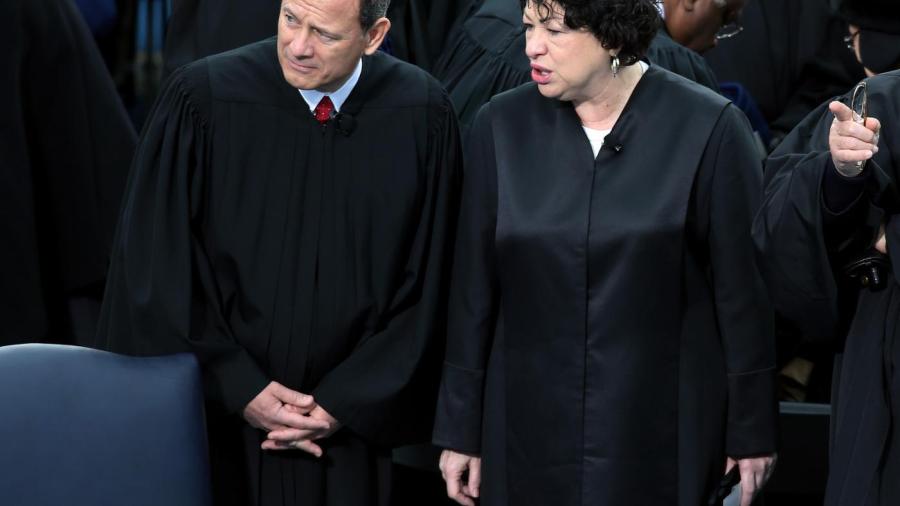How Can Supreme Court Decisions Be Overturned?

Decisions made by the U.S. Supreme Court can be overturned by either a constitutional amendment or by a future U.S. Supreme Court decision, according to HowStuffWorks. Supreme Court decisions can also be countered or circumvented by new legislation.
HowStuffWorks notes how difficult it is to overturn a Supreme Court ruling. As explained by SupremeCourt.gov, decisions handed down by the court are almost always final, but on rare occasions, the court’s decisions can be undone by a constitutional amendment, which requires a vote from two-thirds of the states.
HowStuffWorks reports that states have done this several times over the court’s history. However, it is more likely that the Supreme Court overrules its own decisions. The court might decide to review an earlier case in response to changing cultural views. In Pace v. Alabama, the court upheld state laws banning interracial marriage based on a view that such laws protected white marriages. Eighty years later, the Court overruled the Pace decision in Loving v. Virginia, ruling marriage discrimination laws were not legal.
On occasion, Congress addresses Supreme Court rulings that it doesn’t agree with by passing new legislation to counter the legal precedent. For example, The Hill describes how Congress passed a bill in 2012 to deal with the issue of eminent domain and state’s rights in an attempt to overturn a 2005 court decision.





